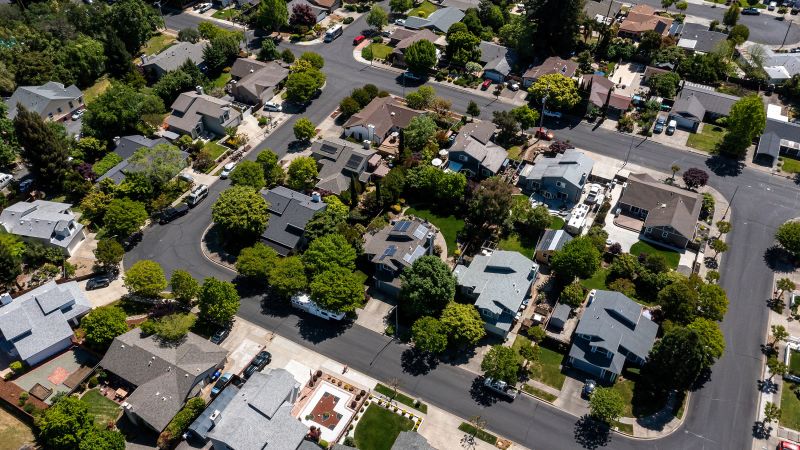The Atlantic hurricane season officially begins on June 1, with meteorologists predicting an extremely active season with the potential for seven major hurricanes. As insurance companies struggle to cope with heightened inflation and the increased frequency of catastrophic storms worsened by climate change, it has become increasingly difficult for homeowners to find affordable insurance options. Last year saw a nationwide 11.3% increase in rates, a trend that is expected to continue this year. Even moving to states traditionally considered safe from hurricane damage, such as Arizona, Illinois, and Utah, has not prevented significant increases in insurance costs.
Homeowners insurance used to be a stable business for insurance companies, with most claims involving isolated events like electrical fires or appliance leaks. However, recent years have seen a rise in catastrophic events such as hurricanes, wildfires, and severe convective storms like thunderstorms and tornadoes. These events impact a large number of properties simultaneously, altering the dynamic for insurance companies. Severe convective storms are now impacting states previously considered safe from natural disasters, resulting in further increases in insurance costs. The industry saw its worst year in over a decade in 2023, with net losses totaling $101.29 billion.
As insurance companies struggle to turn a profit, policyholders are feeling the impact through rate increases and reduced coverage options. States like Florida and California have been hit particularly hard, with insurers withdrawing coverage due to elevated risks of hurricanes and wildfires. This trend is spreading to other states like Louisiana, North Carolina, and Texas. While property insurance is not legally mandated, most lenders require it for mortgage holders, leaving homeowners at risk if dropped from their insurance unexpectedly. State government-backed insurance providers, known as “insurers of last resort,” are available in most states to fill coverage gaps in the private market.
For homeowners concerned about rising insurance costs, there are ways to potentially lower premiums. Shopping around every few years can help identify competitive rates from other insurers looking to gain market share. Increasing your deductible, the amount paid before insurance coverage starts, can also reduce premiums if feasible. Investing in home-hardening measures, like fortifying the structure with metal straps and wind-resistant garage doors, can help prevent damage and reduce insurance costs in the event of a disaster. Some government-backed insurance companies have grown in popularity, with Florida’s Citizens Property Insurance Corp. becoming the 10th largest homeowners’ insurer in the US.
The key to managing increasing insurance costs is to be proactive and take steps to protect your home and finances. Understanding that insurance premiums are based on the rebuilding cost of your home, not its real estate value, can help homeowners make informed decisions about their coverage. By staying informed about market trends, exploring all available options, and investing in home protection measures, homeowners can potentially mitigate the impacts of rising insurance costs and ensure they have adequate coverage in the event of a disaster.













